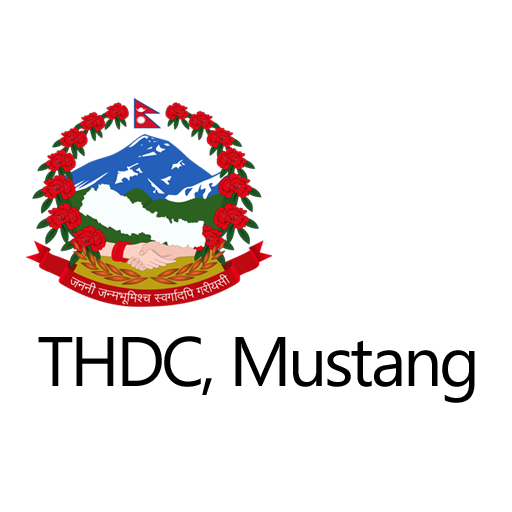Frequently Asked Questions (FAQ)
This page provides answers to many of the questions we're commonly asked. The questions are divided into several topic areas; topics are arranged in order of popularity. If you don't find an answer to your question here, please contact the THDC's Information Desk, at +977 (069) 400034, or alternatively drop us an e-mail at info@thdcmustang.gov.np, or use the contact form instead.
General:
I want to know the following:
-
Horticulture is the branch of agriculture that deals with the art, science, technology, and business of growing plants. It includes the cultivation of medicinal plants, fruits, vegetables, nuts, seeds, herbs, sprouts, mushrooms, algae, flowers, seaweeds and non-food crops such as grass and ornamental trees and plants.
Climate:
I want to know the following:
-
The tendency of home gardeners is to think of their local climate in terms of USDA cold hardiness zone. Hardiness zone is based on the average coldest temperature of the year, and Utah gardens range from zone 3 to zone 9. Certainly, cold winters limit growing many fruit crops in Utah such as citrus, and other subtropical and tropical fruits. However, although mid-winter cold temperature is important, it is usually not the major limiting factor for growing temperate climate fruit species (apple, pear, peach, cherry, etc.) in Utah. Spring and fall temperature fluctuations are more often the climatic factor that limits the success of fruit crops. For example, apricot trees are quite cold hardy and will survive and grow in regions with relatively severe winter temperatures. However, in stone fruits, apricots are among the first to bloom and the developing flowers are frequently damaged by spring cold temperatures. In many colder spots in Utah, apricot trees may only produce fruit 1 in every 5 or 6 years. Under these climatic conditions, the utility of apricot trees becomes limited to shade.
-
Sites with southern exposure, including areas that slope to the south or are on the south side of a wall, fence, etc., intercept more sunlight in the early spring and late fall This warms the plants and soil causing earlier spring growth than sites with northern exposure. Similarly, western exposure sites receive more of the late afternoon sun and experience longer growing seasons and higher incidence of midsummer heat damage than locations with eastern exposure.
-
The length of the growing season is critical to selecting suitable fruit crops. One useful measure of the growing season is freeze-free days, which is the number of days between the average last spring freeze and the first fall freeze. Late season apples, including Granny Smith and some strains of Fuji, will not ripen in many areas, as the growing season is too short.
Soil:
I want to know the following:
-
One common mistake gardeners make is not preparing the soil early enough before purchasing trees. It may take a year to prepare a site. Follow soil test recommendations for amendments. Add organic matter such as well-rotted manure, compost, leaf litter, etc. Organic matter will make the soil more friable (loose and crumbly). Work the organic matter into the soil to a depth of about 6 inches. This is also the best time to control perennial weeds such as quack grass, common mallow (cheese weed), Canada thistle and field bindweed (morning glory).
-
The best soils are well drained loam soils with organic matter of 2% or more. For most fruit crops, the soil pH should be between 6 and 7.5. Before planting your orchard, take a soil sample and have it analyzed. The soil test results will tell you the soil pH, organic matter content (%), salinity, and an estimate of plant available phosphorus and potassium. It is best to submit your samples the year before you plan to plant. This allows time to add organic matter and phosphorus and potassium fertilizer if recommended by the soil test.
Spacing:
I want to know the following:
-
The amount of space required for individual trees will vary based on the variety, the rootstock and the soil. Allow ample room so that trees do not shade one another.
